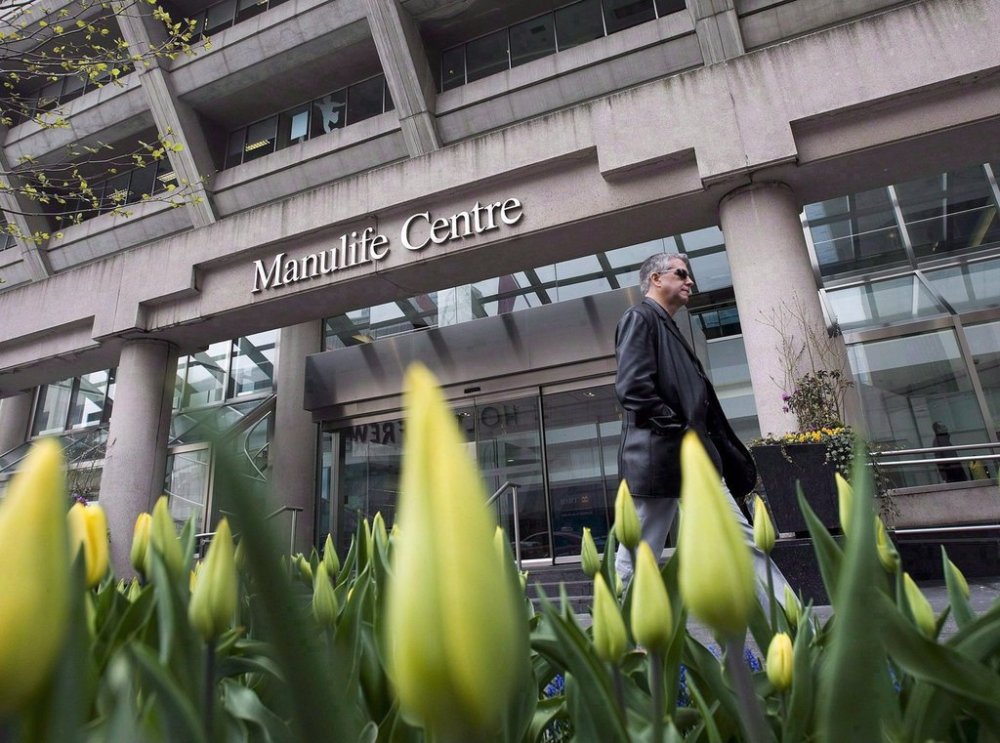Permanent versus term: How to know which type of insurance is best for you
Advertisement
Read this article for free:
or
Already have an account? Log in here »
To continue reading, please subscribe:
Monthly Digital Subscription
$0 for the first 4 weeks*
- Enjoy unlimited reading on winnipegfreepress.com
- Read the E-Edition, our digital replica newspaper
- Access News Break, our award-winning app
- Play interactive puzzles
*No charge for 4 weeks then price increases to the regular rate of $19.00 plus GST every four weeks. Offer available to new and qualified returning subscribers only. Cancel any time.
Monthly Digital Subscription
$4.75/week*
- Enjoy unlimited reading on winnipegfreepress.com
- Read the E-Edition, our digital replica newspaper
- Access News Break, our award-winning app
- Play interactive puzzles
*Billed as $19 plus GST every four weeks. Cancel any time.
To continue reading, please subscribe:
Add Free Press access to your Brandon Sun subscription for only an additional
$1 for the first 4 weeks*
*Your next subscription payment will increase by $1.00 and you will be charged $16.99 plus GST for four weeks. After four weeks, your payment will increase to $23.99 plus GST every four weeks.
Read unlimited articles for free today:
or
Already have an account? Log in here »
Life insurance can protect your loved ones financially after you’re gone, but picking the right kind can protect your wallet even when you’re alive.
Generally, there are two kinds of life insurance: term life insurance and permanent life insurance.
Permanent life insurance provides lifelong coverage, which can come with tax benefits and dividends but has higher premiums. Term life insurance aims to provide income replacement when needed for a specific period of time and can be more affordable.

Brooke Dean, founder of BMD Financial Ltd. at Raymond James, likens the two options to renting versus owning.
“Term life insurance is like renting an apartment,” she said.
Similar to renting, people pay for coverage for a set period of time. When the time is up — similar to a lease ending — the consumer walks away without any ownership or equity in the policy.
Permanent life insurance is like buying a house, Dean said. This type of policy has a higher upfront premium, but with time, the policy can accumulate equity, and people can borrow against it, similar to a home.
Each serves a different purpose in financial planning, and deciding which one would be more suitable depends on individual needs.
Jeffrey Talor, director of sales at CanWise Life Insurance Services, says a permanent life insurance policy could be one of the cleanest ways to transfer wealth.
For example, when adult children inherit their parents’ assets — such as a home, cottage or business — the assets will be assessed at fair market value and any capital gains would be subject to taxes. A permanent policy could provide the cash to settle tax bills without the need to sell any of those assets.
“If you don’t have the cash flow, this is one of the items of strategy that we’re noticing is a great way to mitigate taxes,” Talor said.
A permanent policy can also offer dividends. Dean said a portion of the premiums are typically invested on behalf of the policyholder with a goal to maximize dividends.
But it may not work as an investment strategy for everyone — especially younger people.
Dean said her clients under the age of 50 often ask about permanent life insurance and how they heard it could be an investment strategy.
“If you’re looking at it as just an investment strategy and you don’t have a lot of investments already saved up, then no, that’s probably not the best way to do it,” she said.
Instead, she recommends using it as an investment only after you have topped up your registered savings accounts and might be looking at other ways to put disposable cash to use.
Talor said some people also buy permanent policies to leave a legacy.
For example, Talor said he has seen grandparents buy permanent policies as gifts to their grandchildren — establishing a nest egg for them to leverage or borrow against when the grandkids enter adulthood. He said the younger the policyholder is, the more time the policy gets to accumulate its cash value.
Term insurance has the appeal of being more affordable and accessible — offering large-enough coverage for a set period of time for young families who may have a mortgage and kids.
Talor said term life insurance can be 10 to 15 times cheaper than a permanent policy.
“The average Canadian cannot afford to buy the amount of permanent insurance they need,” he added.
Talor said he often sees his clients go for a blend of both term and permanent life insurance policies, which protect them in the short run but also builds equity in the long term.
Dean said there are some insurance companies that allow rolling or converting a term life insurance policy into permanent life insurance, without having to lose the premiums that were already paid into it earlier.
But she said it’s important for people to ask why they need both at the same time.
“Is there still a mortgage outstanding? If you were to pass away, do you still have kids you have to provide for?” she asked. “But you also, are making a good income and say your RRSPs and TFSAs are topped up.”
“You want that term because it’s cheap, you have the coverage, but you also want to start investing in this other product and diversifying a bit more.”
This report by The Canadian Press was first published Oct. 7, 2025.

